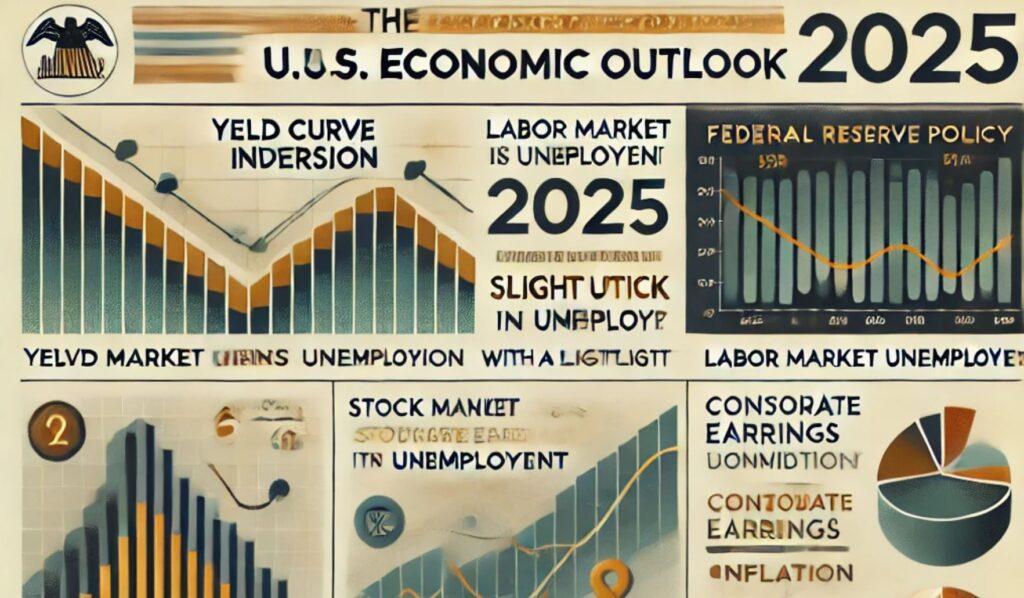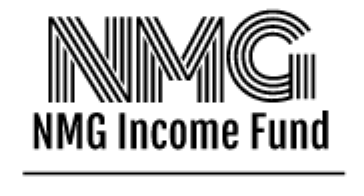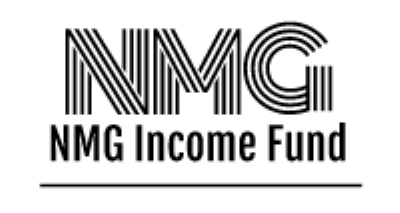U.S. Economic Outlook: Navigating Emerging Challenges in 2025

As we progress through 2025, the U.S. economy is encountering a series of indicators that warrant close attention. Recent data and projections highlight potential headwinds that could influence economic stability and growth.
- Yield Curve Inversion: A Traditional Recession Indicator
The yield curve has inverted, with short-term interest rates surpassing long-term yields—a phenomenon historically associated with impending economic slowdowns. As of March 13, 2025, the 10-Year Treasury Constant Maturity Minus Federal Funds Rate (T10YFF) stood at -0.06. This inversion suggests that investors are seeking safer, long-term assets, reflecting concerns about future economic conditions. - Labor Market Trends: Slight Uptick in Unemployment
The U.S. unemployment rate edged up to 4.1% in February 2025, from 4.0% in January, slightly exceeding market expectations. While still relatively low, this increase could signal emerging softness in the labor market, which may impact consumer spending and overall economic momentum. - Stock Market Volatility: Reflecting Economic Uncertainty
Both the S&P 500 and Dow Jones indices have experienced notable declines recently, indicating heightened investor uncertainty. Factors such as inflation concerns, Federal Reserve policy decisions, and trade tensions are contributing to this market volatility. - Consumer Confidence: Declining Amid Economic Concerns
Consumer sentiment has declined sharply, with the University of Michigan’s Consumer Sentiment Index dropping to a two-year low. This decrease is attributed to worries about tariffs and inflation, which are affecting consumer confidence and spending behaviors. - Inflation and Federal Reserve Policy: Balancing Act
Despite a slight cooling in Consumer Price Index (CPI) readings, inflation remains above the Federal Reserve’s target, eroding consumer purchasing power. The Federal Reserve is expected to maintain current interest rates in the near term, with potential rate cuts later this year if economic conditions deteriorate further. - Corporate Earnings: Downward Revisions Amid Uncertainty
Major corporations, including Delta Air Lines and Walmart, have revised their growth forecasts downward, citing weaker consumer demand and increased economic uncertainty. These adjustments could further weigh on market sentiment and business investment. - Housing Market: Signs of Cooling
The U.S. housing market is showing signs of cooling, with inventory levels rising, particularly in Sun Belt states. Higher mortgage rates and affordability challenges are contributing to a slowdown in home sales, which could have broader implications for the economy.
Conclusion: Monitoring the Path Ahead
While a recession is not yet certain, these indicators collectively suggest that the U.S. economy is facing significant challenges. Close monitoring of upcoming economic data, corporate earnings reports, and Federal Reserve policy decisions will be crucial in assessing the economy’s trajectory in the coming months.

